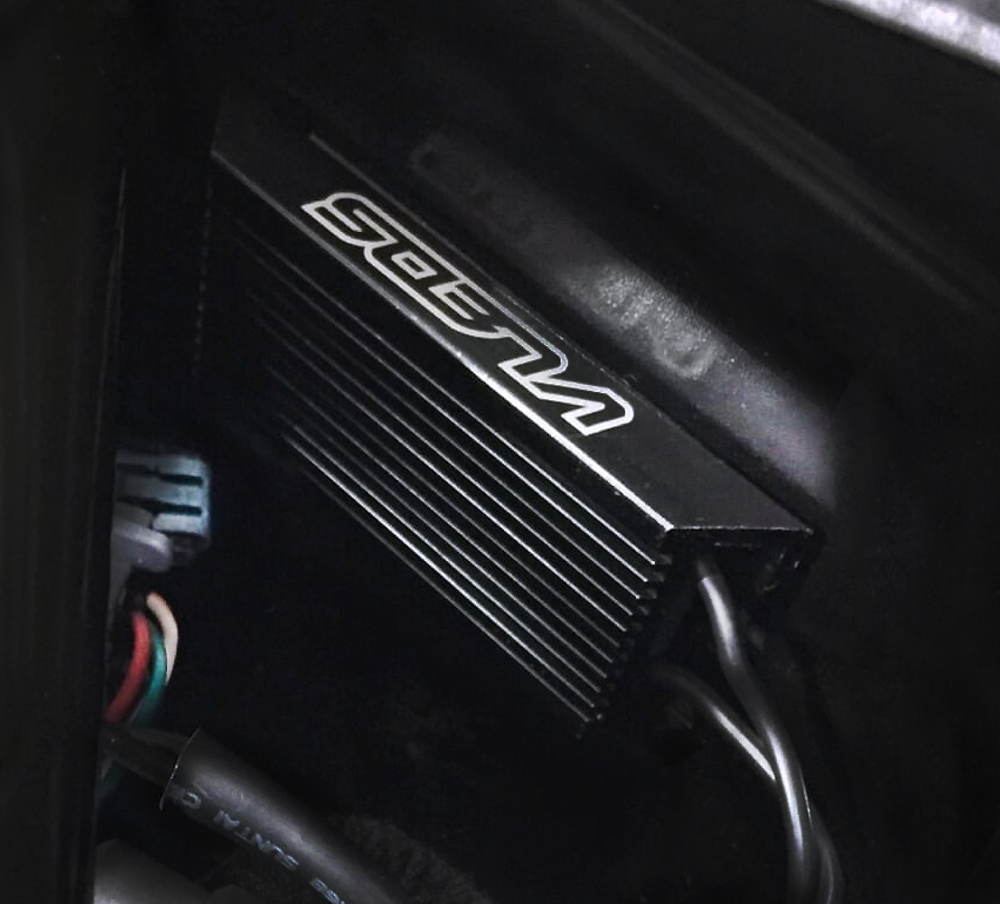

One of the most common problems that arises when replacing stock filament bulbs with LED bulbs in most vehicles is hyper flashing or bulb out warnings. For safety reasons most vehicles use either of these methods to tell the driver that a bulb somewhere on the car has burned out.
How does the car know that there is a bulb out?
There is a part in the vehicle that controls when to hyper flash or show a warning. It's called a flasher unit. Each vehicle's flasher unit is designed to monitor the electrical load that it is powering. This basically means that the flasher unit knows how much current your cars factory bulbs will draw when they're in use. It monitors the vehicle's left/right circuit or monitors all 4 bulbs independently.
When one of the bulbs is burnt out, removed, or replaced with a lower wattage bulb/LED the flasher does its job and starts flashing at a faster pace on the side of the car that this has occurred.
How do you prevent the car from hyper flashing?
The solution is to either replace the flasher unit in your vehicle or add enough load back onto the system to trick the electrical system into thinking that nothing has changed. Correcting hyper flash or bulb out warnings when you upgrade is relatively easy once you understand what needs to be done.
Step 1: Find out the load value required for your vehicle
Load resistors will be required for all vehicles that do not have a replaceable flasher unit or there is no VLEDS replacement flasher. Now that we understand how the flasher unit works we can trick it. The trick is to put the original load back on the flasher unit. We have load resistors that allow us to do this.
1 BULB = 6 OHM RESISTOR
2 BULBS (F & R) = 3 OHM RESISTOR
We have 2 choices of VRES load resistors, 6 OHM and a 3 OHM. Which one do you use? The 6 OHM is the equivalent load of 1 bulb. So if you replace 1 set of bulbs (the front OR rear bulbs) you will need to install 2 resistors (one for each side). The 3 OHM is the equivalent load of 2 bulbs. If you replace your front AND rear bulbs (4 bulbs total) you can use use two 3 OHM resistors. Most customers install 3 OHM load resistors in the rear of vehicle as long as the front and rear bulbs are on the same circuit.
Step 2: Install the load resistors in your vehicle
Once you have purchased the proper VRES load resistors installing them is simple. The resistors need to be installed to the wiring of the bulb at the light socket. Plug the adapter harness you purchased with the VRES resistor into the 9005/9006 plug. If installing in V3 Tirton system this adapter will be plugged in line with the base adapter and the control box. If you purchased the hardwire adapter you will need to ground the ring terminal to chassis ground and use splice taps to tap the other wire into your stock wiring.
When it comes to mounting we always recommend using fasteners (self-tapping screws or bolts) to install the resistor to a metal surface. For 6 OHM applications we do offer high temperature double-sided tape to attach to a clean metal surface. Always keep your resistor away from existing wiring or plastic parts as they could be damaged with sustained resistor use.
Once the resistors have been installed test them by turning on the turn signals. Hazards will not hyper flash so be sure to test each side individually.
CAUTION - LOAD RESISTORS CAN GET HOT
Even though the VRES resistors are much better thermally than the previous gold resistors they can still get hot in some applications especially if the turn signals are left on for an extended period of time (i.e. hazards are on while broken down alongside the road). It is a good idea to always mount a load resistor to a metal surface away from other wires or plastic parts. VLEDS does offer high temperature tape for use in all 6 OHM applications. For 3 OHM turn signal only applications the tape can be used but we still recommend using self-tapping screws or bolts. DO NOT use tape to mount a 3 OHM in a brake light or DRL application.

